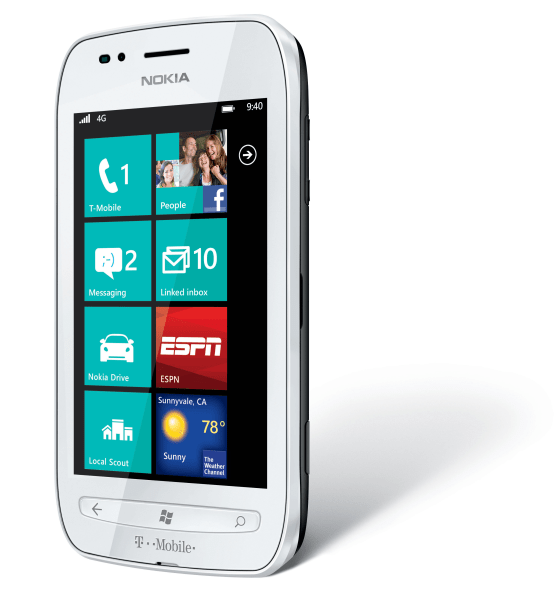A recently approved GPS patent by Microsoft has been tagged as the "avoid ghetto" app because it involves route changes due to "unsafe neighborhoods."
The word "ghetto" is nowhere to be found in the patent, but it seems as though the phrase caught on, and like a contagion, has infected and tainted the coverage of "Pedestrian route production." (Msnbc.com is a Microsoft-NBC Universal joint venture.)
Here's the short version of what its intent is:
As a pedestrian travels, various difficulties can be encountered, such as traveling through an unsafe neighborhood or being in an open area that is subject to harsh temperatures. A route can be developed for a person taking into account factors that specifically affect a pedestrian. Moreover, the route can alter as a situation of a user changes; for instance, if a user wants to add a stop along a route.
And a search through the document comes up with this:
For example, when a user travels as a pedestrian, she is commonly more exposed environmental elements. If it is relatively cold outside, then a pedestrian is far more likely to feel an impact than if a vehicle equipped with a heating system protected her. Moreover, it can be more dangerous for a pedestrian to enter an unsafe neighborhood than a person in a vehicle since a pedestrian is more exposed and it is more difficult for her to leave an unsafe neighborhood quickly. However, there are advantages to being a pedestrian traveler; if a pedestrian takes an incorrect action (e.g., turns down a wrong street), then correction can be easier since there are commonly fewer one-way pedestrian streets.
From these examples, "avoid ghetto" was born.
It looks like the app focuses on walking navigation, rather than by car, and takes into account variables such as weather, terrain and "security information." That's probably another phrase that some (not I) have interpreted as having racial undertones. But, it could also point to areas with documented crimes, which can also be in any neighborhood. (My own is rife with petty crimes and is probably not the best for pedestrians, but I wouldn't call it a ghetto.)
Here's some of the rationale behind the need for the app:
A large amount of focus in route generation has focused upon vehicle route generation and little attention has been paid to pedestrian route production. Since a large number of individuals travel by vehicle, application to pedestrian travel has been ignored. However, there has been a long felt need for route generation towards individuals that do not commonly travel by vehicle--for instance, many economically challenged areas are populated with individuals that do not own motorized vehicles and generally travel by walking. In addition, unexpected results can take place through practice of the disclosed innovation. As an illustration, a pedestrian could arrive at a location faster than if she traveled in a vehicle by taking more direct paths, yet a vehicle commonly travels much faster. Due to detailed route planning, a direction set can be created that allows a user to take more diverse paths that can compensate for a general lack of speed.
While "economically challenged areas" can signify code for "ghetto" to some (again, not to me), it could also acknowledge the fact that in many urban areas people don't drive. What do you think? Take our poll and let us know.
More stories:
- ’S--- White Girls Say ... to Black Girls’ star talks ignorance, racism
- Soldiers’ racist postings on Facebook investigated
- ’Racist’ email for whites-only movie viewing riles Rutgers students, staff
Check out Technolog on Facebook, and on Twitter, follow Athima Chansanchai, who is also trying to keep her head above water in the Google+ stream.
